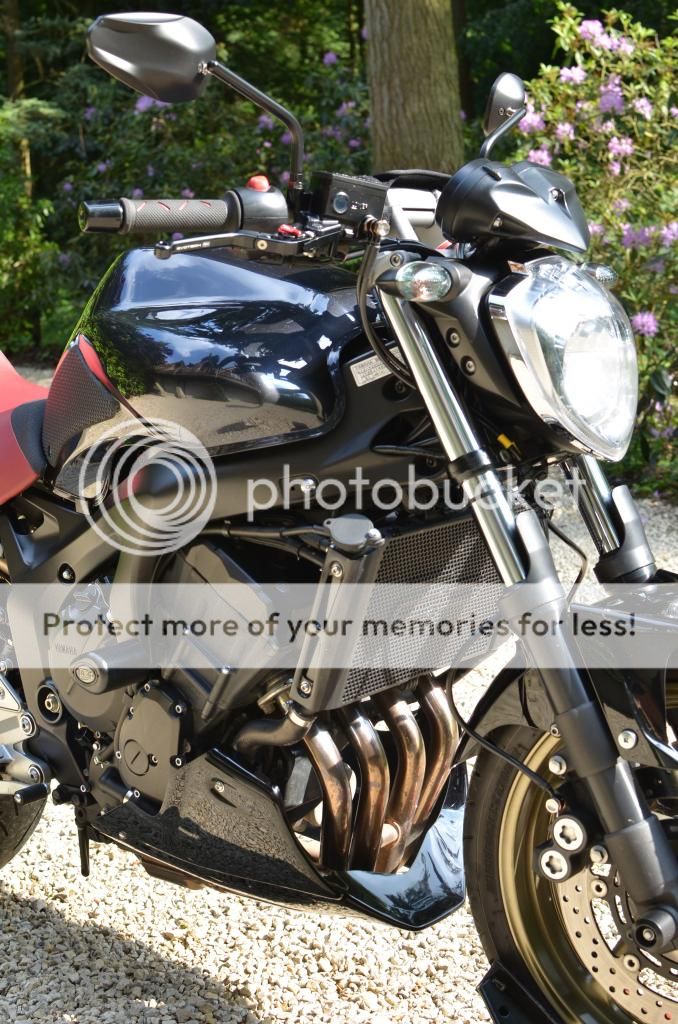Wildcat_drvr
Great-Grandpaw!
- Joined
- Mar 5, 2011
- Messages
- 234
- Reaction score
- 4
- Points
- 18
- Location
- Granger, Indiana, U.S.of A.
Carlos,The people that write the manual say one thing.
Draftsmen draw the drawings and
The people that print the manual do as they please!
On page 4-49 look at the drawing
On the top right of the page.
Look at the second drawing down.
It shows the fine pitch at the top!
Can't make up their minds!
:rof:

Rich
Draftsmen draw the drawings and
The people that print the manual do as they please!
On page 4-49 look at the drawing
On the top right of the page.
Look at the second drawing down.
It shows the fine pitch at the top!
Can't make up their minds!
:rof:
Rich

